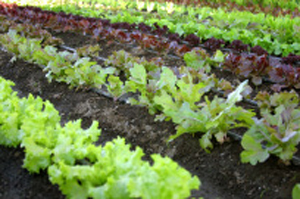Roofing Systems
Single-Ply

Single-ply roofing consists of large waterproof sheets of roofing material rather than multiple plies laminated together. The material is applied directly to the roof deck or over a layer of insulation, forming a watertight membrane. Single-Ply roofing is extremely durable and comes highly recommended.
- Thermoplastic Olefin (TPO) membranes are constructed from ethylene propylene rubber. These systems have been proven to have excellent resistance to ozone, algae, tears, impacts, and punctures due to the combination of durable rubber and high performance of hot-air weldable seams. TPO membranes are installed fully-adhered, and capable of installation over rigid roof substrates.
- Ethylene propylene diene monomer (EPDM) is one of the most popular materials for both new and reroof low-slope roofing applications. EPDM is a flexible, thermo-set rubber material that provides a strong, watertight system. These roofing systems are available in black and white.
- Polyvinyl Chloride (PVC) is a trusted roofing membrane that can be applied to practically any shaped surface due to excellent flexibility. Heat-welding seams bind PVC membranes together to form one single piece of roofing material that covers a roof’s entire surface. The material is durable, resistant to punctures, impact, thermal movement, contamination, soiling, and has fire propagation and flame exposure resistance. Additionally, these systems can be designed to incorporate many of the green initiatives that are popular today.
Metal

Metal roofing has earned fast-growing popularity in the American roofing industry. The colored, metal panels are more reflective and emissive than ever which allows buildings to stay cooler during hot weather, and reduces energy use and costs. In addition, metal roofing systems are lightweight, completely recyclable, and will last for decades.




